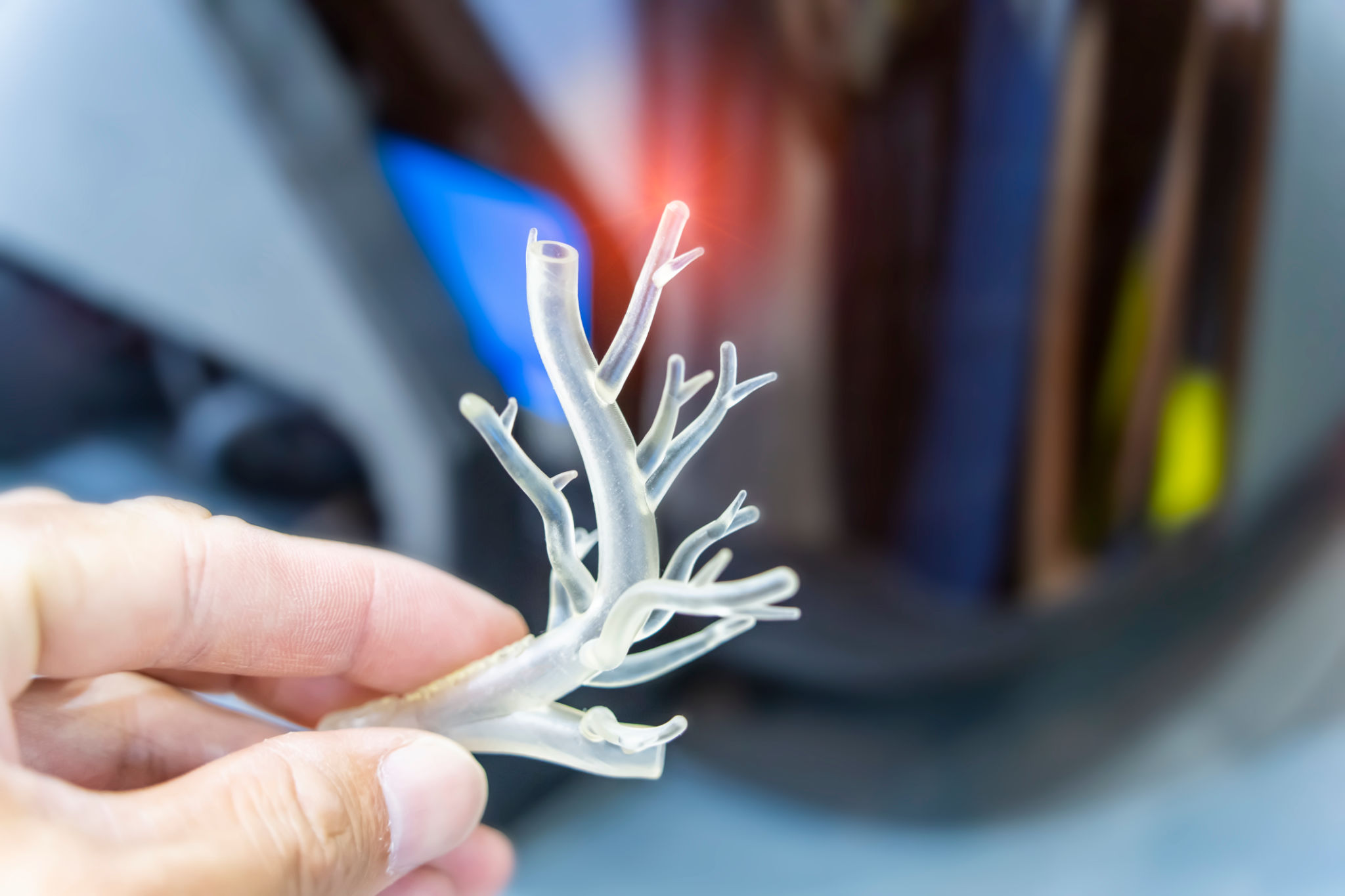The Role of Technology in Modern Medical Education: Trends and Innovations
Introduction to Technology in Medical Education
In recent years, technology has transformed the landscape of medical education, introducing innovative tools and methods that enhance learning and skill development. From virtual reality simulations to AI-driven analytics, these advancements are shaping the future of how medical professionals are trained.

Virtual Reality and Simulation-Based Learning
One of the most significant innovations is the use of virtual reality (VR) and simulation-based learning in medical education. These technologies provide immersive experiences that allow students to practice surgical techniques and emergency response in a risk-free environment. By simulating real-life scenarios, students can hone their skills and build confidence before entering clinical settings.
Simulation-based learning also offers the advantage of repeated practice, enabling students to refine their procedures and decision-making skills. This approach bridges the gap between theoretical knowledge and practical application, ensuring a more comprehensive understanding of medical concepts.
Artificial Intelligence in Personalized Learning
Artificial Intelligence (AI) is another transformative force in medical education, offering personalized learning experiences tailored to individual students' needs. AI-driven platforms analyze learning patterns and adapt content accordingly, optimizing the educational process.
Through AI, students receive immediate feedback on their performance, allowing them to identify areas of improvement quickly. This targeted feedback ensures efficient learning and helps students focus on specific topics that require additional attention.

Online Learning Platforms and Accessibility
The rise of online learning platforms has democratized access to medical education, making it possible for students worldwide to benefit from high-quality resources. These platforms offer a wide range of courses, from anatomy to advanced surgical techniques, taught by leading experts in the field.
Moreover, online learning platforms provide flexibility for students to learn at their own pace, accommodating diverse schedules and learning preferences. This flexibility is particularly beneficial for working professionals seeking to further their education without disrupting their careers.
3D Printing and Anatomical Models
The advent of 3D printing technology has revolutionized the creation of anatomical models used in medical education. These models offer a tangible way for students to study complex structures and understand spatial relationships within the human body.

With 3D printing, students can interact with accurate replicas of organs and tissues, enhancing their comprehension of anatomy and pathology. This hands-on approach to learning fosters deeper engagement and retention of information.
Conclusion: The Future of Medical Education
The integration of technology in medical education is not just a trend but a necessity in preparing the next generation of healthcare professionals. As these technologies continue to evolve, they will undoubtedly bring further innovations that enhance learning experiences and improve patient care outcomes.
Embracing these advancements ensures that medical students are equipped with the skills and knowledge needed to navigate the complexities of modern healthcare environments. The future of medical education lies at the intersection of technology and medicine, promising a more efficient, accessible, and effective training process.
